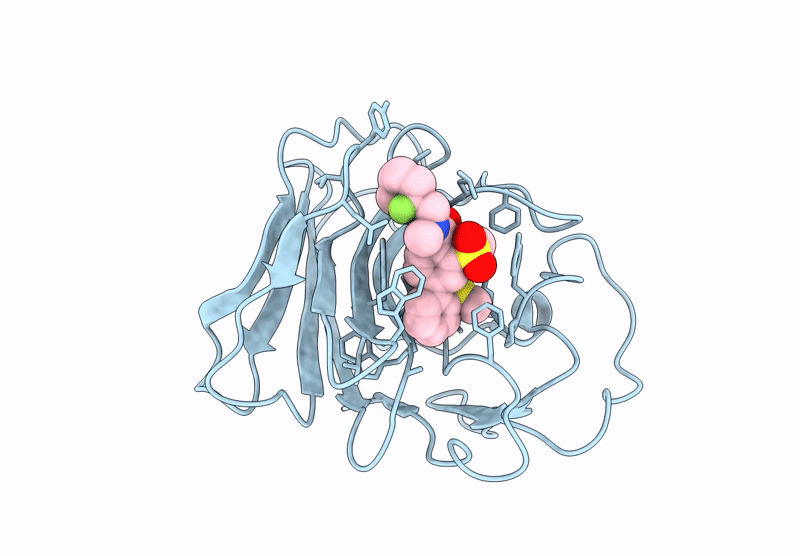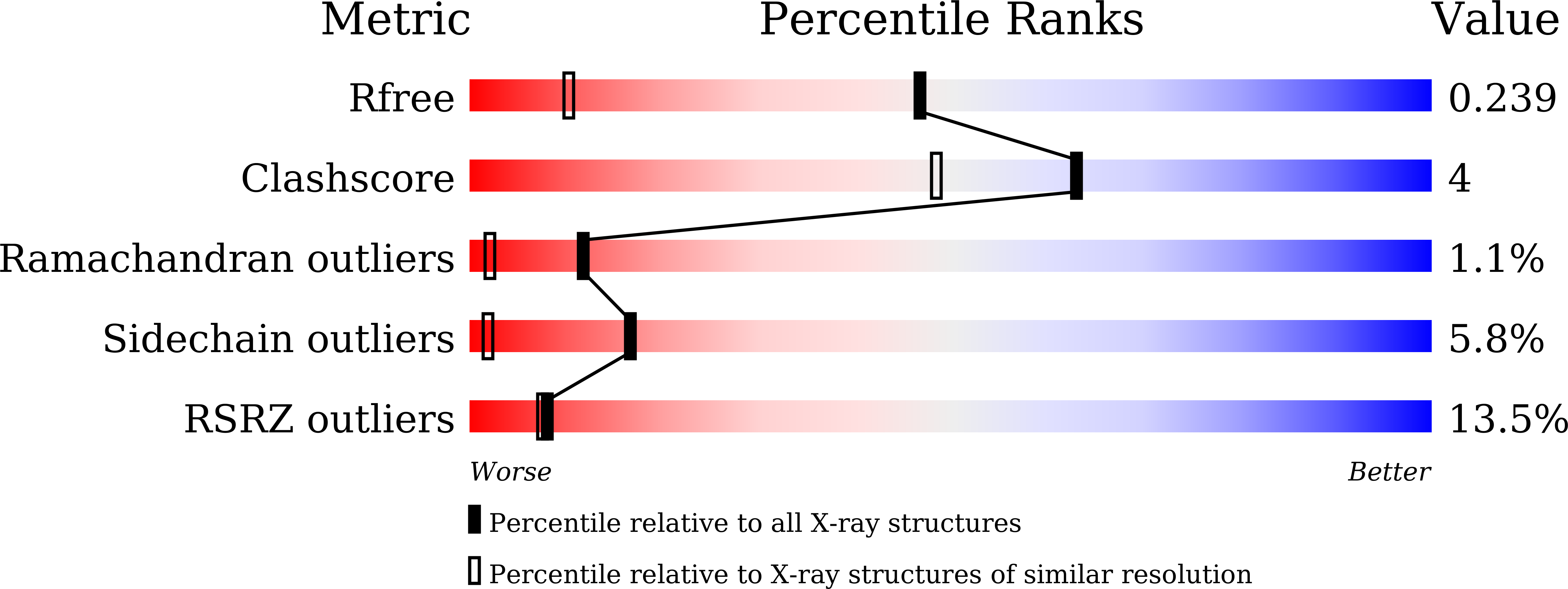
Deposition Date
2024-06-19
Release Date
2025-05-07
Last Version Date
2025-05-28
Entry Detail
PDB ID:
9II5
Keywords:
Title:
Crystal structure of human TRIM21 PRYSPRY in complex with compound 1
Biological Source:
Source Organism:
Homo sapiens (Taxon ID: 9606)
Host Organism:
Method Details:
Experimental Method:
Resolution:
1.49 Å
R-Value Free:
0.23
R-Value Work:
0.21
R-Value Observed:
0.21
Space Group:
P 62


